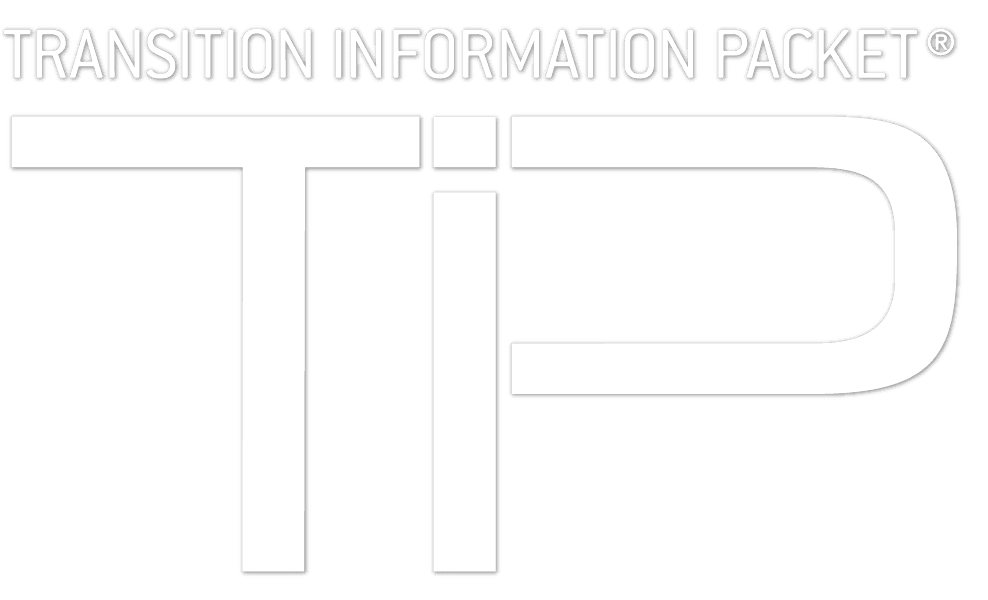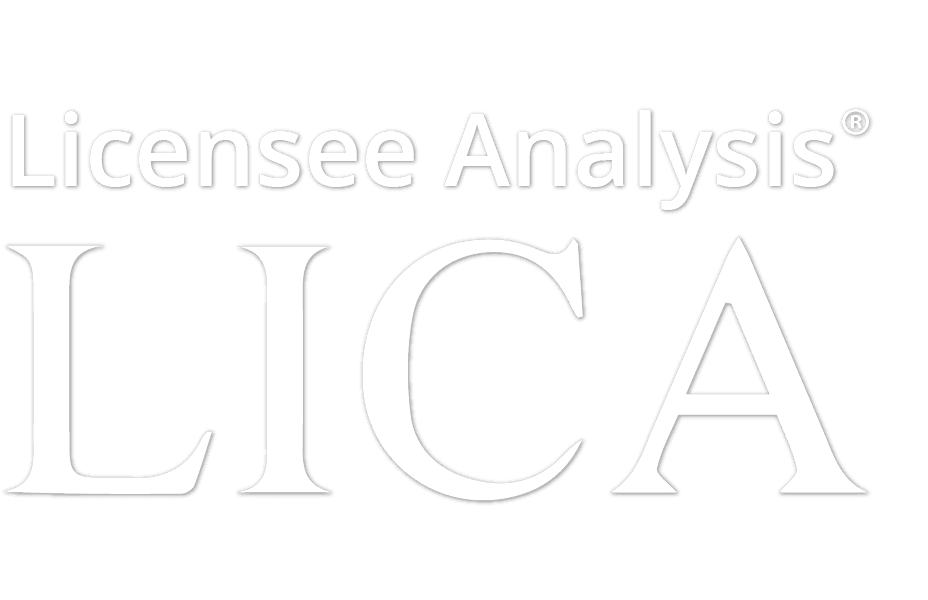City and suburban agriculture takes on many different forms — backyard, roof-top and balcony gardening, community gardening in vacant lots and parks, roadside urban fringe agriculture, and livestock grazing in open space. The three most common umbrella categories in this space include urban, indoor, and vertical farming.
In Frost & Sullivan’s recent analysis, Global Future Risks—Future-proofing Your Strategies, 2030, the group discusses short-term, mid-term, and long-term risks. Among these risks, the water crisis is expected to drive innovation in agricultural practices such as vertical farming and optimized crop selection, which can play an important role in reducing the ongoing water crisis. Furthermore, urbanization is listed as a mid-level risk as it pushes the demand for smart solutions such as intelligent grid control and electrification, smart buildings, and smart storage solutions.
The vertical farming market is forecast to grow from $2.9 billion in 2020 to $7.3 billion by 2025; a compound annual growth rate (CAGR) of 20.2% during the forecast period studied by MarketsandMarkets. Major drivers in this market include the high yields and several other benefits associated with vertical farming over conventional farming. This growth is enabled by advancements in light-emitting diode (LED) technology, year-round crop production irrespective of weather conditions, and the requirement of minimum resources.
In addition to vertical farming, many other techniques and technologies are involved in non-traditional agricultural settings. For example, BCC Research reports that the global market for aeroponics is expected to grow from $696.9 million in 2019 to $2.2 billion by 2024 at a CAGR of 26.0% for the period. Additionally, MarketsandMarkets reports that the market for hydroponic systems is estimated to be valued at $9.5 billion in 2020 and is projected to grow at a CAGR of 11.9% to reach $6.6 billion by 2025. This growth is attributed to pressure on the agriculture industry to meet the growing demand for grains and other types of food that drives the search for high-yielding farming techniques, including precision farming and urban farming. Hydroponics, thus, is looked upon as a potential solution for the growing concern about food security in the coming years.
Precision or smart agriculture is a growing space, in July 2020, MarketsandMarkets provided coverage of the Smart Greenhouse Market, which included Hydroponics and Non-Hydroponics. In a smart greenhouse. This market is forecast to reach $2.1 billion by 2025, up from $1.4 billion in 2020 at a CAGR of 9.2% during the forecast period. This growth is primarily driven by the increasing adoption of Internet of Things (IoT) and Artificial Intelligence (AI) by farmers and agriculturists. Furthermore, growing demand for food due to the continuously increasing global population; surging adoption of indoor farming in urban areas; and rising number of government initiatives to promote the adoption of smart agricultural practices are driving growth. Additional factors impacting this market include the increasing international adoption of vertical farming technology and the emerging trend of rooftop farming in urban areas act as growth opportunities for developers of smart greenhouses.
To learn more about this space the USDA provides a variety of resources on urban gardening, including a toolkit to help gardeners and developers plan their projects, and Indoor Ag-Con adapted its planned format to include an online webinar series.



